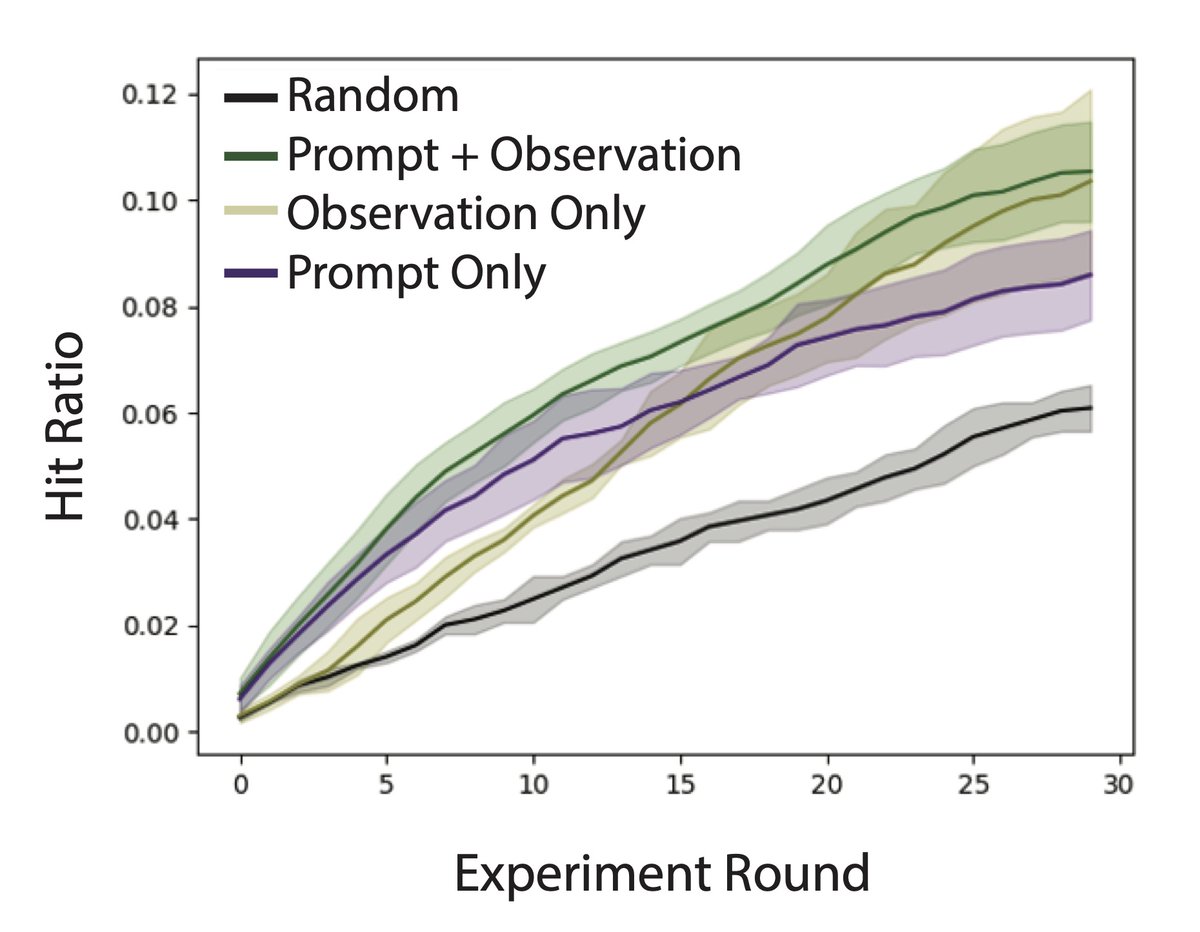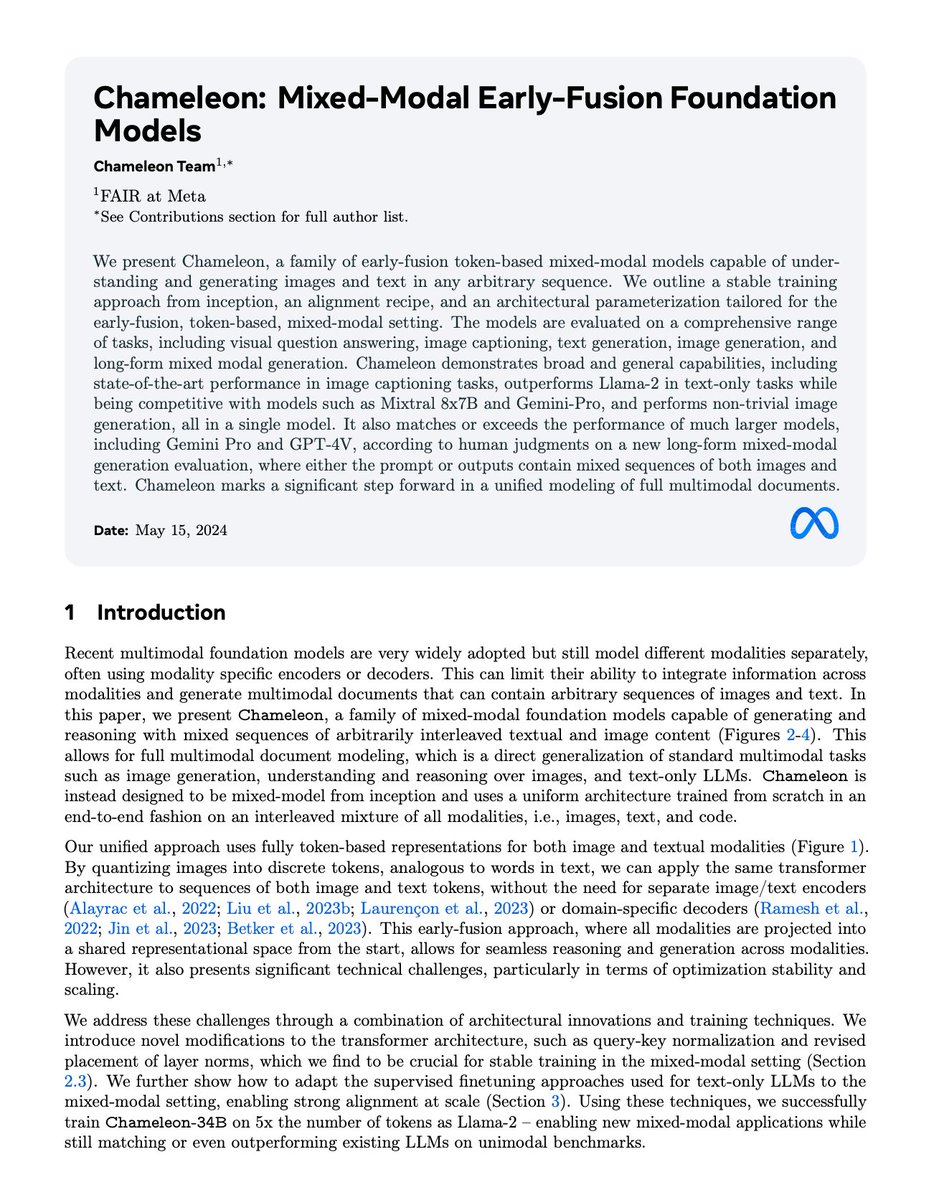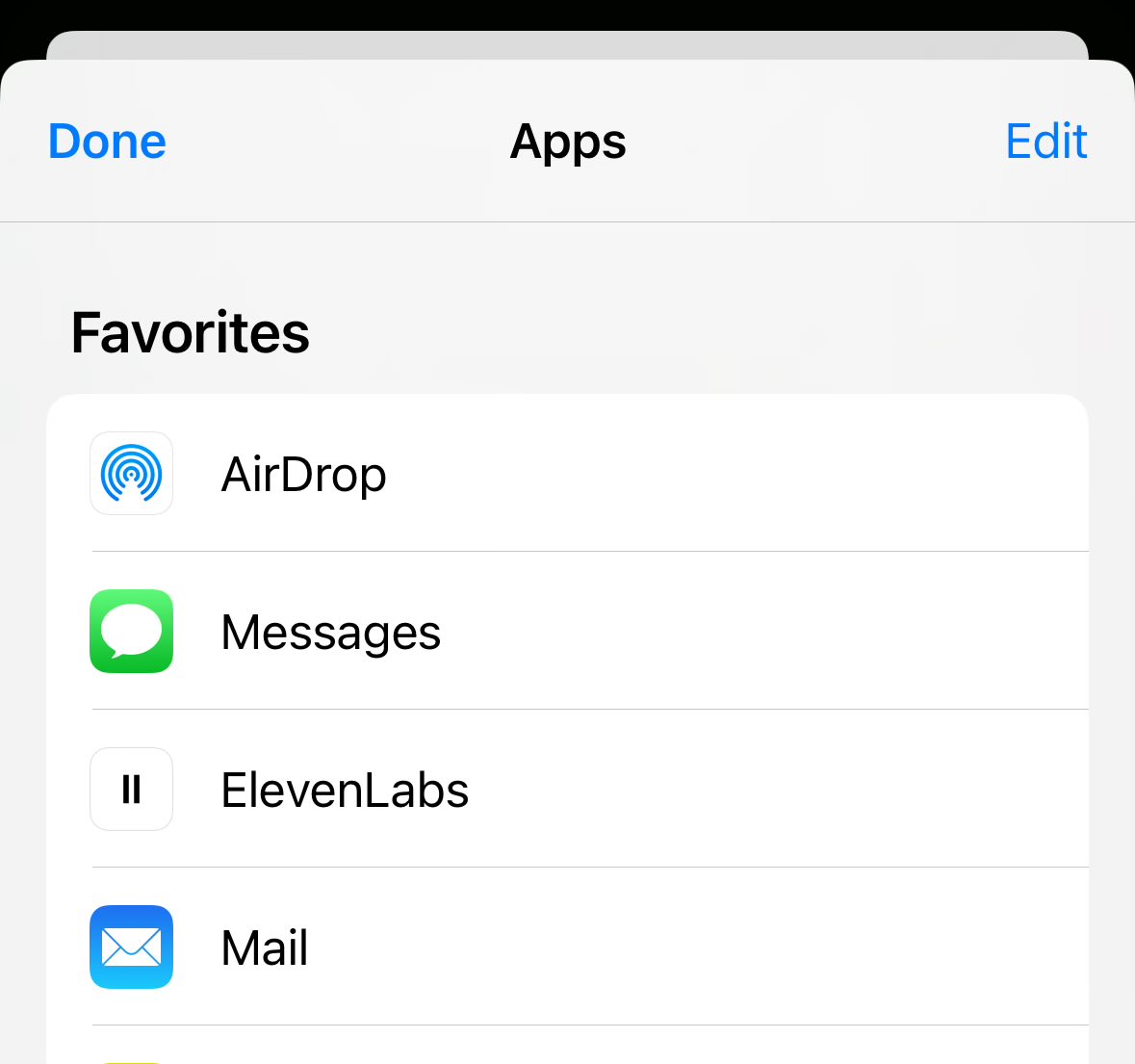1/11
Microsoft AI CEO Mustafa Suleyman says it won't be until GPT-6 in 2 years time that AI models will be able to follow instructions and take consistent action
2/11
Source:
3/11
God created Mustafa so that Sam would not kill us all
4/11
Something very strange is going on. The CTO of OpenAI says GPT-5 will be released in 1.5 years. Microsoft AI CEO says GPT-6 will be released in 2 years.
5/11
The real question is, what does it mean for an AI model to be able to "take consistent action"? Does that mean we're about to see AI making autonomous decisions based on our instructions? That's a whole different level of AI capability!
6/11
Tesla needs to be going ham on energy generation. These power needs are getting nutty.
7/11
Ain't this the same dude that was calling for slowdowns and predicting the end of the world? I guess he tried to use AI to make cupcakes and realized we're pretty far away.
8/11
i don’t know that turtle neck (?) man…
9/11
You have 2 years before you are out of a job... The time is now to create your future or you will 100% be left behind. Those are the cold hard facts
10/11
Timeline shifted from AGI in 1 year to atleast two years until even beginning to follow basic instructions and take consistent actions. Oh boy!
11/11
Didn't Mira just say that GPT-5 would be out in 1.5/2 years? If both are correct, that would mean that GPT-5 and GPT-6 will be released shortly one after the other.
To post tweets in this format, more info here: https://www.thecoli.com/threads/tips-and-tricks-for-posting-the-coli-megathread.984734/post-52211196
Microsoft AI CEO Mustafa Suleyman says it won't be until GPT-6 in 2 years time that AI models will be able to follow instructions and take consistent action
2/11
Source:
3/11
God created Mustafa so that Sam would not kill us all
4/11
Something very strange is going on. The CTO of OpenAI says GPT-5 will be released in 1.5 years. Microsoft AI CEO says GPT-6 will be released in 2 years.
5/11
The real question is, what does it mean for an AI model to be able to "take consistent action"? Does that mean we're about to see AI making autonomous decisions based on our instructions? That's a whole different level of AI capability!
6/11
Tesla needs to be going ham on energy generation. These power needs are getting nutty.
7/11
Ain't this the same dude that was calling for slowdowns and predicting the end of the world? I guess he tried to use AI to make cupcakes and realized we're pretty far away.
8/11
i don’t know that turtle neck (?) man…
9/11
You have 2 years before you are out of a job... The time is now to create your future or you will 100% be left behind. Those are the cold hard facts
10/11
Timeline shifted from AGI in 1 year to atleast two years until even beginning to follow basic instructions and take consistent actions. Oh boy!
11/11
Didn't Mira just say that GPT-5 would be out in 1.5/2 years? If both are correct, that would mean that GPT-5 and GPT-6 will be released shortly one after the other.
To post tweets in this format, more info here: https://www.thecoli.com/threads/tips-and-tricks-for-posting-the-coli-megathread.984734/post-52211196






































